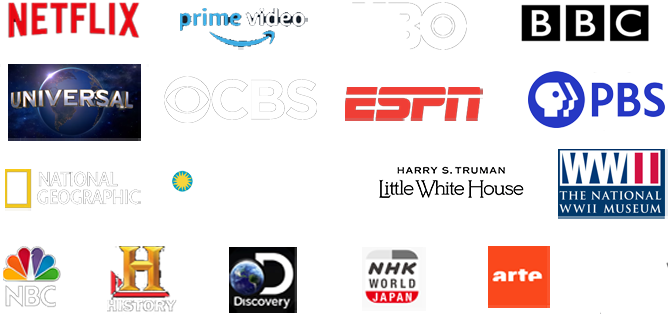Made in the 1970s, this General Motors corporate film explains some of the supply chain management challenges faced by the company, and the work undertaken to make the delivery of automobiles more efficient and damage-free. The film was made in the wake of a series of complaints by dealers and customers about damage in transit — either by bad handling on railroads or trucking. GM’s new “Logistics Operations” division was tasked with delivering cars as quickly as possible to dealers with a minimum of damage. In March 1970 GM sent a “unit train” from Chicago cross-country, in an experiment designed to see if a non-stop transcontinental delivery would be successful. The result was very positive and led to GM implementing a host of new policies related to non-stop rail delivery of automobiles.
The film features images of the Vega starting at 5:00 minutes, with images of the automobiles delivered in a vertical position or “Vertipak”, and computerized rail car tracing (seen at 7:30 minutes) designed to track automobiles in shipment via Teledyne computers and IBM punch card computers.
Both railroads and automakers wanted to eliminate theft and damage from vandalism and weather, thus reducing shipping costs. They also wanted to increase the number of vehicles carried per rail car for the same reason. Toward that end, in 1968 General Motors and the Southern Pacific Railroad jointly began work on development of a radical new rail car designed to carry the Chevrolet Vega, a new compact car being developed by GM. Known as “Vert-A-Pac”, the rail cars would hold 30 Vegas in a vertical, nose-down position, versus 18 in normal tri-level autoracks. Each Vega was fitted with four removable, cast-steel sockets inserted into the undercarriage that locked into the hooks on the bottom-hinged doors that made up the car side.
The prototype car, SP 618000 was turned out in December, 1968 and tested through 1969. Chevrolet conducted vibration and low-speed crash tests to make sure nose-down Vegas wouldn’t shift or be damaged in railcar collisions. Chevrolet’s goal was to deliver Vegas topped with fluids and ready to drive to the dealership. To do this Vega engineers had to design a special engine oil baffle to prevent oil from entering the No. 1 cylinder, batteries had filler caps located high up on the rear edge of the case to prevent acid spilling, the carburetor float bowl had a special tube that drained gasoline into the vapor canister during shipment, and the windshield washer bottle stood at a 45 degree angle. Plastic spacers were wedged in beside the powertrain to prevent damage to engine and transmission mounts. The wedges were removed when cars were unloaded. The rail car doors were opened and closed by means of a forklift truck.
The first production Vert-A-Pacs entered service in April, 1970, the last ones in January, 1973. Besides Southern Pacific, the B&O, BN, D&RGW, FEC, IC, L&N, MILW, MP, PC (MDT), RI, SCL, SLSF and Southern Railway operated Vert-A-Pacs. All were withdrawn from service at the end of the 1977 Vega model year and were reracked with conventional tri-level racks.
Another joint General Motors-Southern Pacific automobile rail car was the Stac-Pac. It was designed to carry 12 high end Oldsmobile, Buick, and Cadillac models in four removable fully enclosed tri-level containers per 89-foot flat car. The first production Stac-Pac cars entered service in October, 1971. Beside SP and its Cotton Belt subsidiary (SSW), Stac-Pac flat cars were contributed to the pool by the Santa Fe and Trailer Train, with the containers being supplied by ATSF, BN, D&RGW, FEC, MILW, PC (MDT), RI, Southern, SP, SSW, UP, and by General Motors itself. All of the cars and containers were withdrawn from service at the end of the 1976 model year.
We encourage viewers to add comments and, especially, to provide additional information about our videos by adding a comment! See something interesting? Tell people what it is and what they can see by writing something for example like: “01:00:12:00 — President Roosevelt is seen meeting with Winston Churchill at the Quebec Conference.”
This film is part of the Periscope Film LLC archive, one of the largest historic military, transportation, and aviation stock footage collections in the USA. Entirely film backed, this material is available for licensing in 24p HD and 2k. For more information visit http://www.PeriscopeFilm.com

